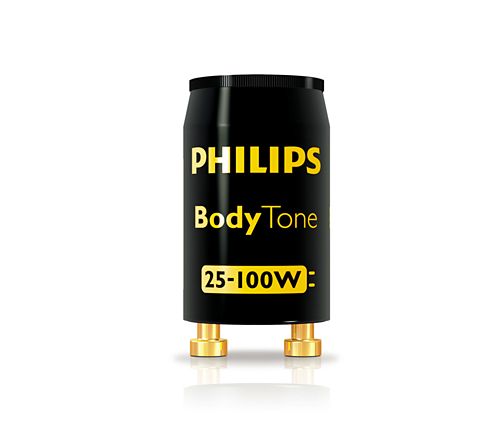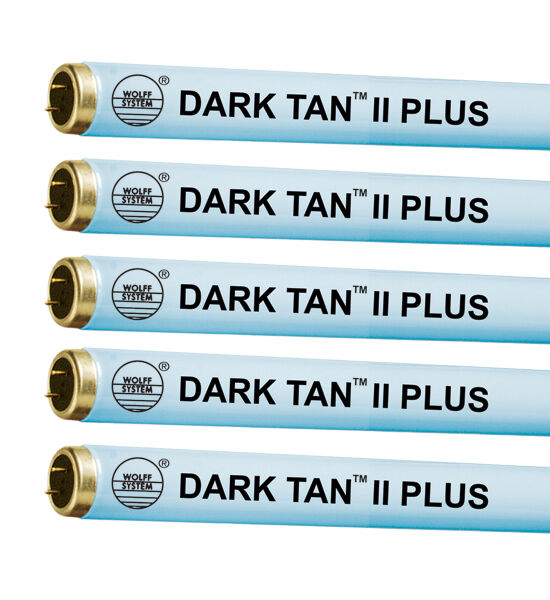-40%
32 Tanning Bulbs - Wolff System Dark Tan II PLUS F71T12 100W Bipin Tanning Lamps
$ 223.33
- Description
- Size Guide
Description
This listing is for Wolff System Dark Tan II Plus Qty 32- F71-T12-100W-BP Lamps, 800 hour Life, 15 Minute Lamps. We will match or beat any advertised price on the Internet. Make offer through ebay messaging or if you need help selecting the correct lamp for your bed please ask.
.
How to choose the right tanning lamp for the results you are looking for.
How Skin Tans
As a tanner, it’s crucial to understand the tanning process so that you can clearly make an informed decision when it comes to purchasing new lamps.
Your skin is the largest organ of the body, designed to protect your internal organs and keep out germs, bacteria and other harmful substances.
It also protects you from the damage that can be caused by UV light rays.
We all need some UV light in order to be healthy, but too much of it can lead to a sunburn, which is your body’s way of beginning the healing process when you are overexposed to light.
The Cells that Help Skin Tan
Melanocytes are cells in the various layers of skin that produce melanin.
Melanin is pigment that helps filter out and protect you from UV light.
When you tan, your body’s melanocyte cells are producing melanin to protect the skin and internal organs from damage.
Melanocyte cells can produce only so much melanin at a time, however.
If you stay in the sunlight or in a tanning bed past the point at which melanin can be produced, burning occurs.
If you tan at regular intervals and for short stretches of time, you allow the melanocyte cells to recover between tanning sessions so that they can once again produce melanin.
This is what produces a rich, dark tan over time; in fact, if you tan two or three times a week for short intervals each time, you will get a deeper, more even tan than if you had simply stayed in the sun for one long stretch equal to the same amount of time.
You will also be less likely to burn, since your melanocyte cells would be able to produce plenty of melanin each time.
Understanding UVA and UVB Light
Sunlight and tanning bed lights produce both UVA and UVB rays.
UVA light penetrates deeper, promoting a long-lasting tan.
It’s also less likely to produce a burn.
UVB light doesn’t go as deep into the skin layers and tends to cause premature sunburn.
When you are in the sun, you can’t regulate how much UVA vs. UVB light you are getting, but tanning beds are designed to address this issue.
Your skin tans primarily with UVA light in tanning beds, as the more harmful UVB light is filtered out to protect your skin.
Your tanning clients should understand how skin tans so they can schedule their tanning sessions for maximum effectiveness.
Remind them that there are two different phases to a typical tanning session.
There is immediate darkening of some pigment in the skin, but this can fade in a few hours or a few days.
Some tanners will think this means they didn’t get enough skin color change, but urge them to wait.
The more permanent, deep tan caused by UVA rays doesn’t fully appear for up to seventy-two hours.
They should wait at least this long to ensure they don’t end up exposing their skin too much and potentially burning.











